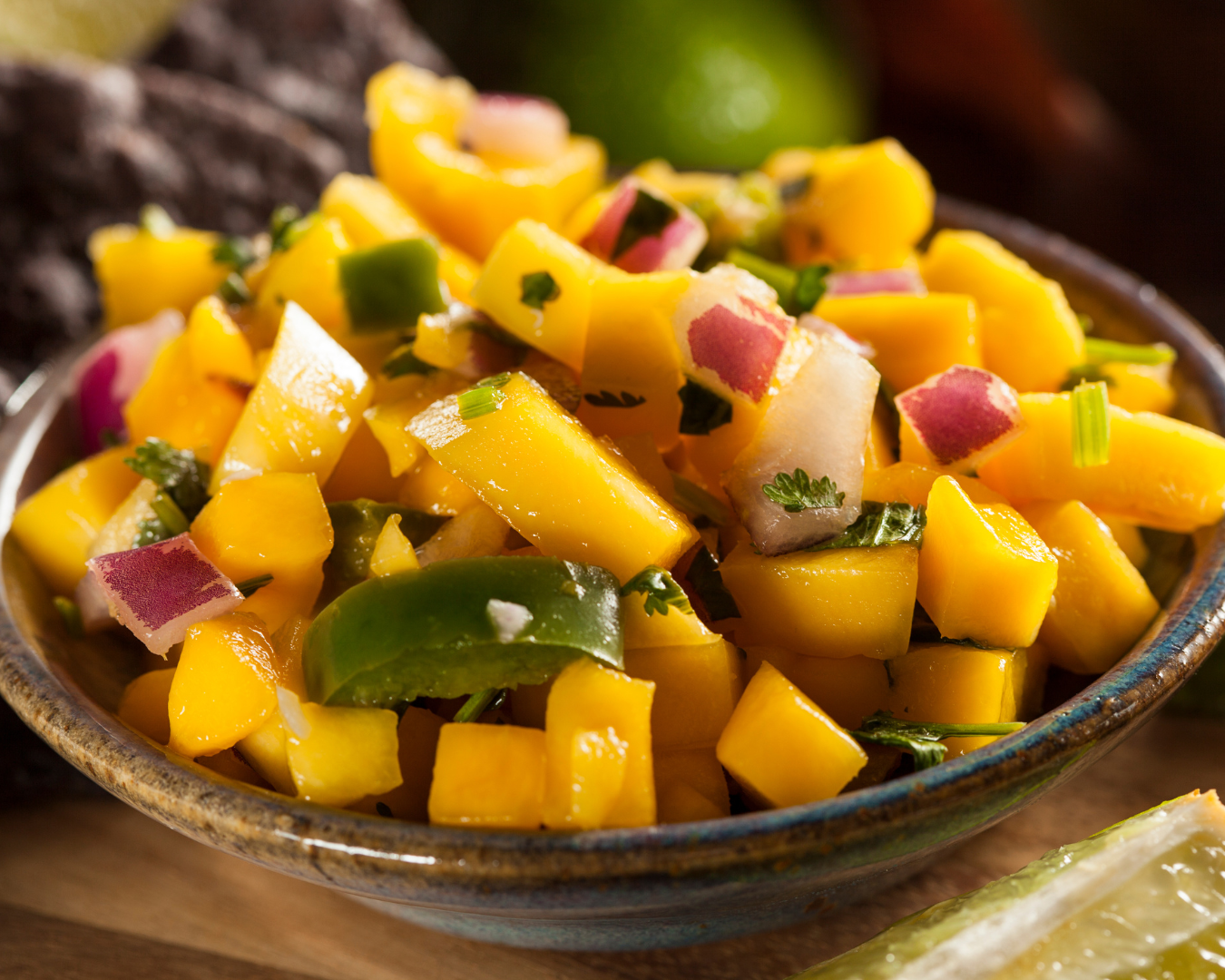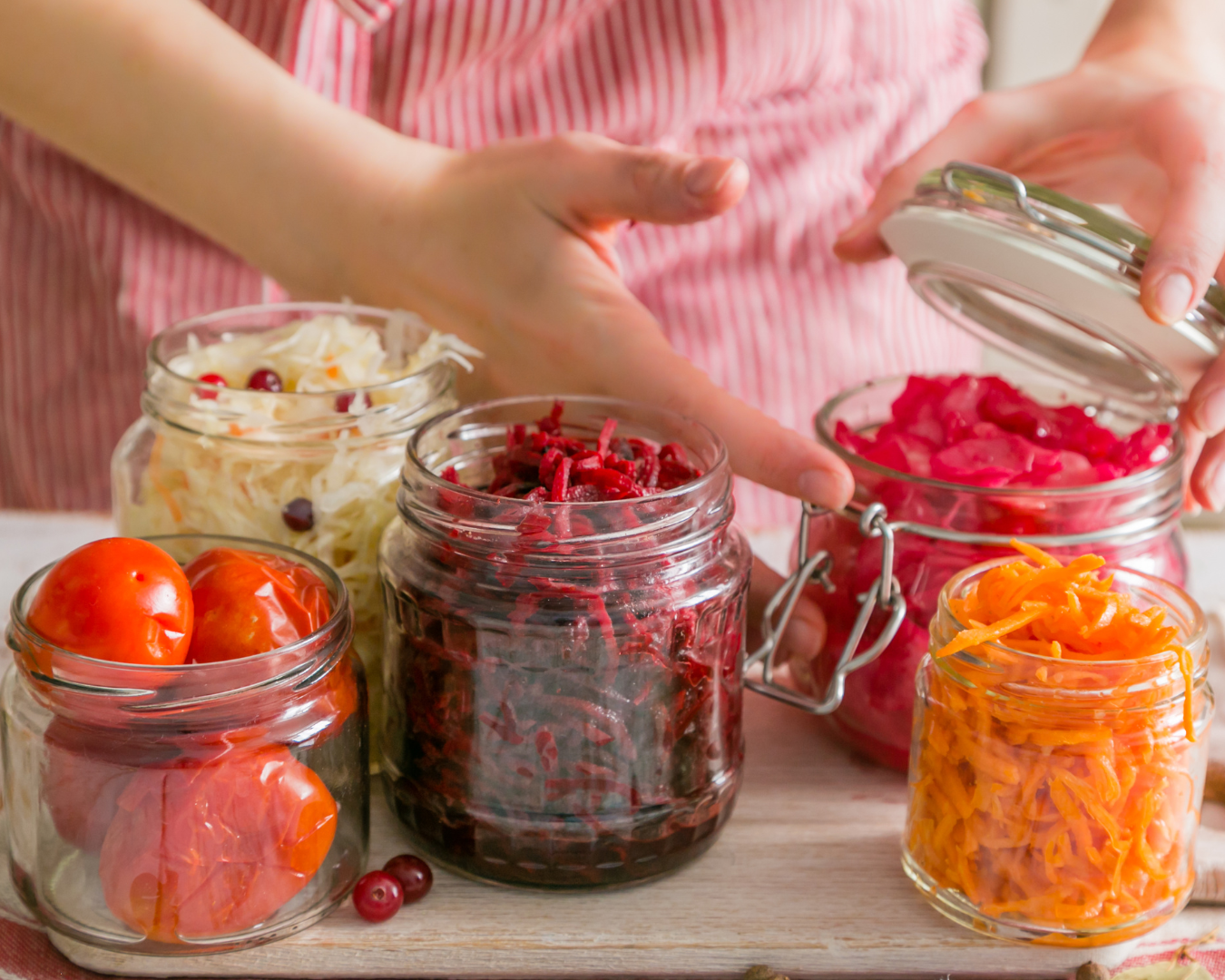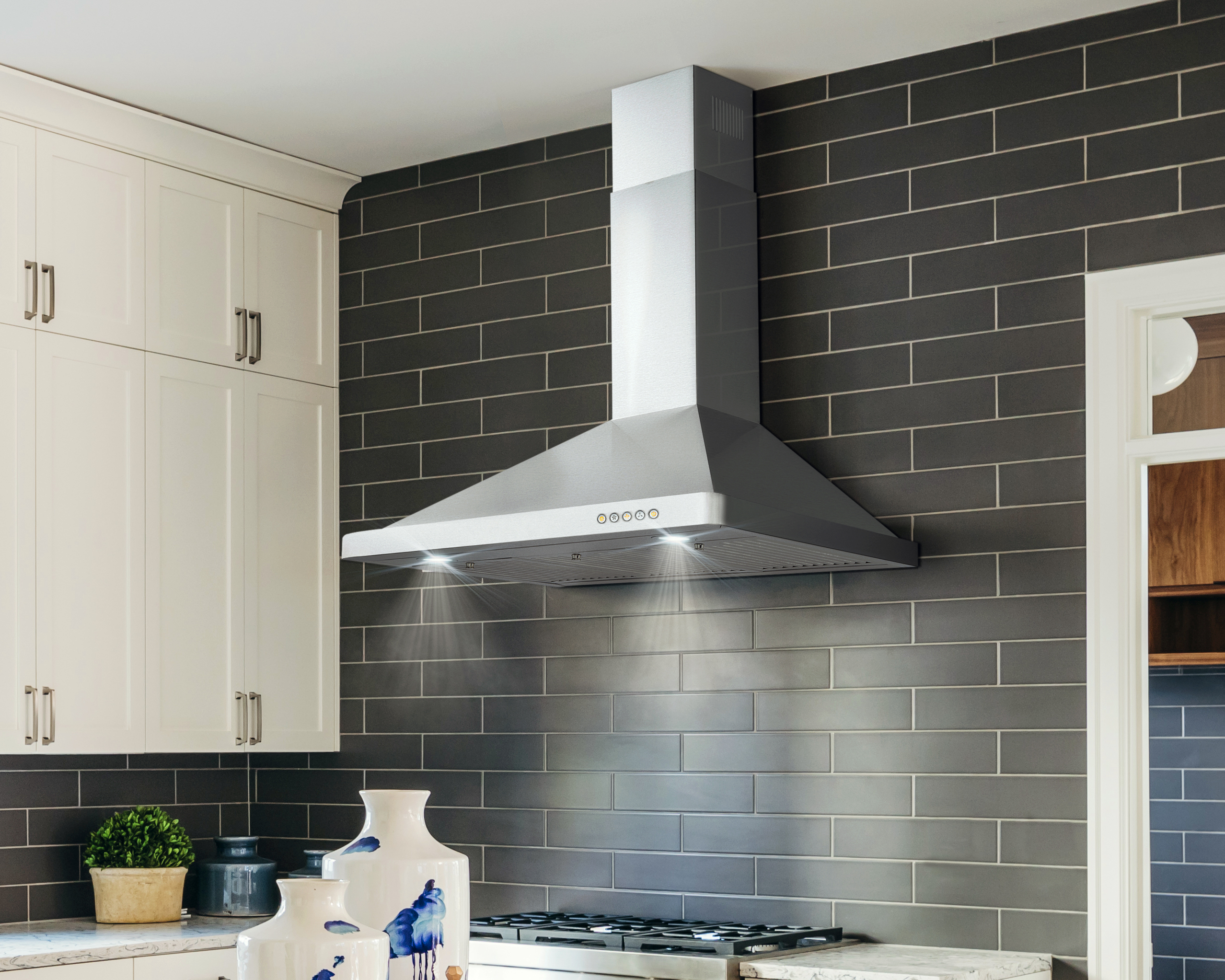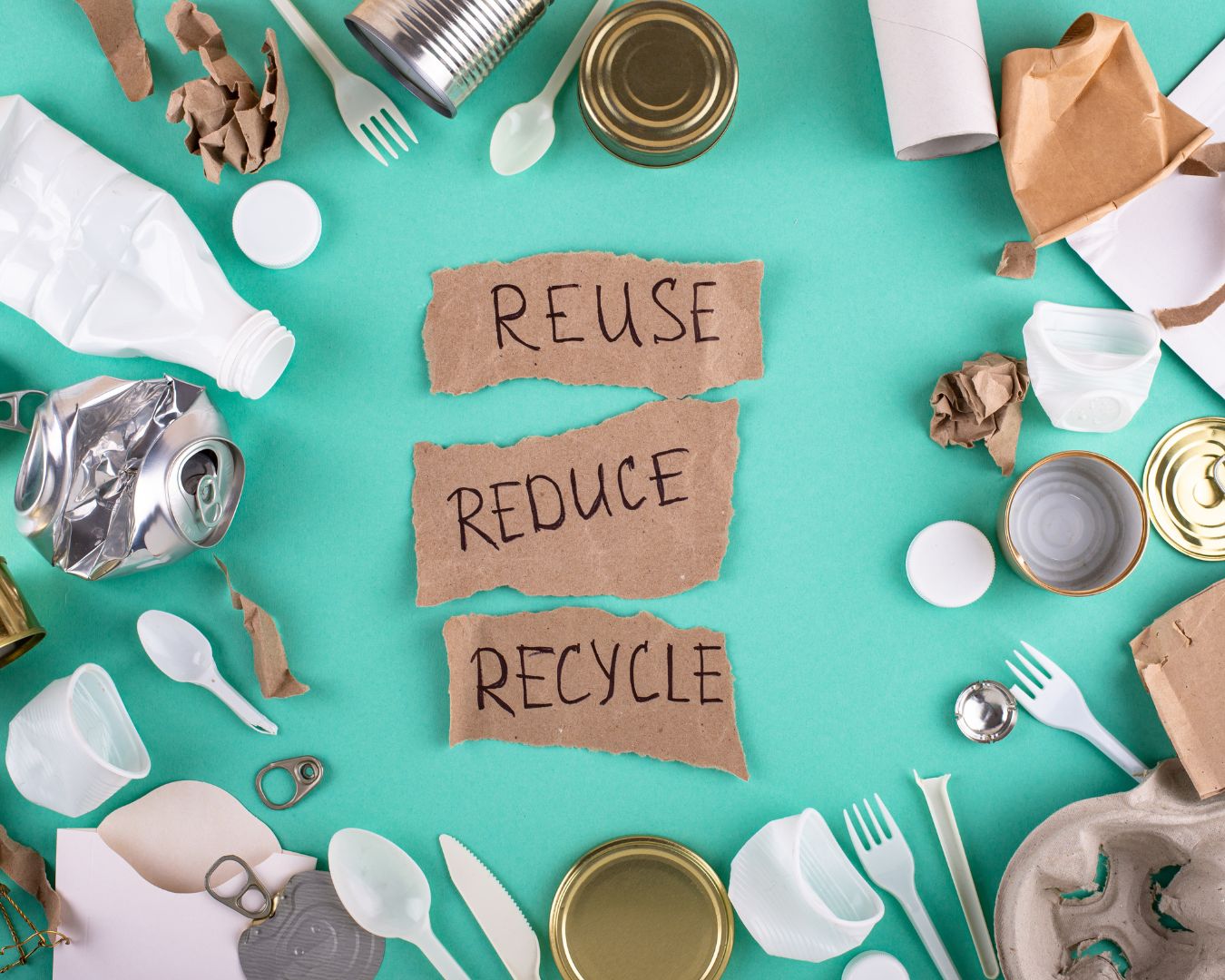How to Clean and Maintain a Kitchen Island
A kitchen island serves as the heart of your kitchen, offering additional workspace, storage, and a place for family and friends to gather. To keep this central feature looking its best and functioning efficiently, regular cleaning and maintenance are essential. Here’s a comprehensive guide on how to clean and maintain your kitchen island, including tips for different countertop materials and organizing the area. Daily Cleaning Routine A clean kitchen island starts with daily maintenance: Weekly Deep Cleaning Once a week, give your kitchen island a more thorough cleaning: Caring for Different Countertop Materials Different countertop materials require specific care methods to maintain their appearance and longevity: Maintaining the Island’s Functionality Keeping your kitchen island organized enhances its functionality and aesthetic appeal: Protecting the Island Prevent damage and extend the life of your kitchen island with these protective measures: Seasonal Maintenance Every few months, take some time for additional maintenance: Regular cleaning and maintenance of your kitchen island not only keep it looking beautiful but also ensure it remains a functional and integral part of your kitchen. By following these tips and caring for the specific materials of your island, you can enjoy a pristine and organized kitchen island for years to come. Happy cleaning!










